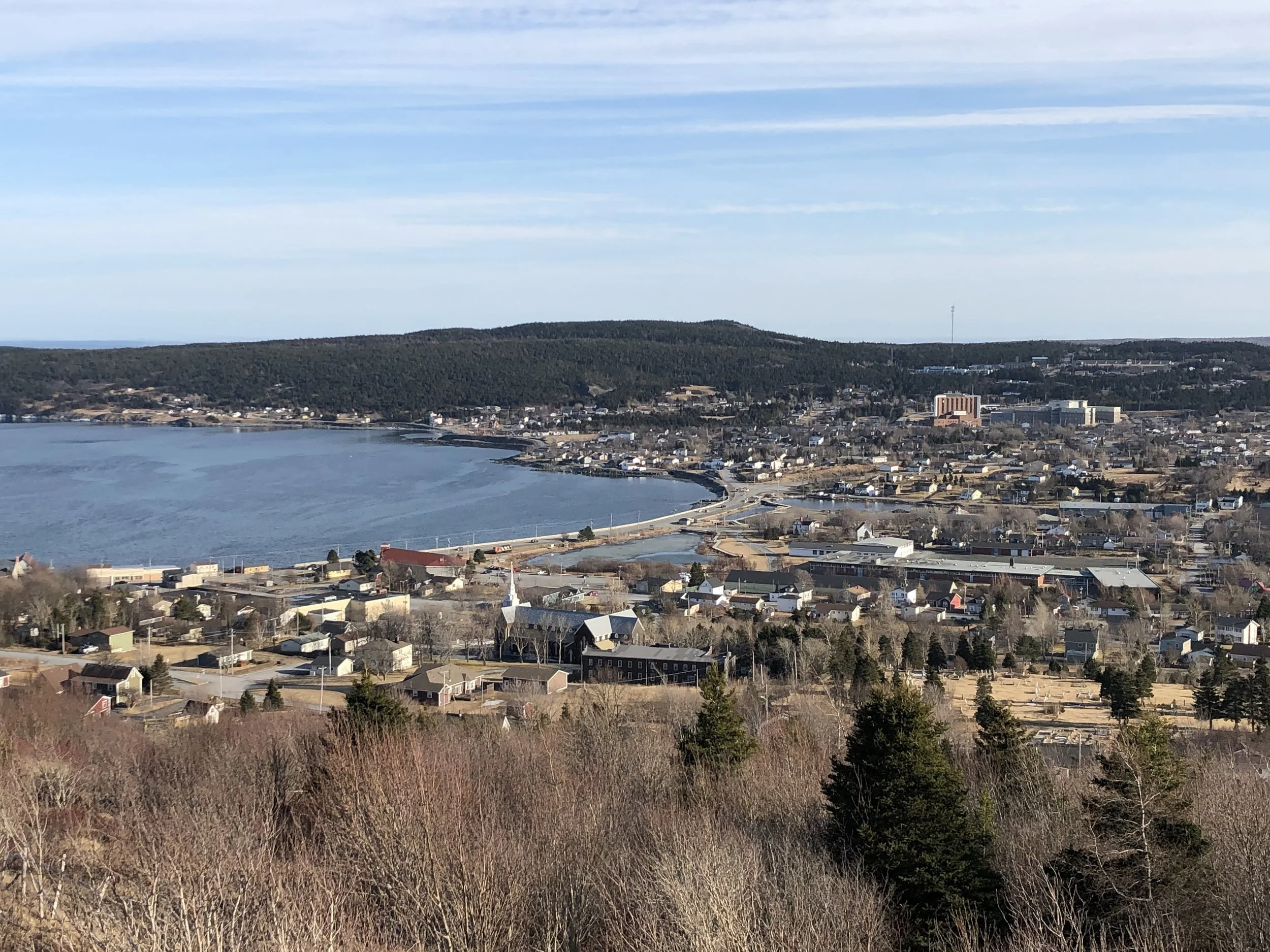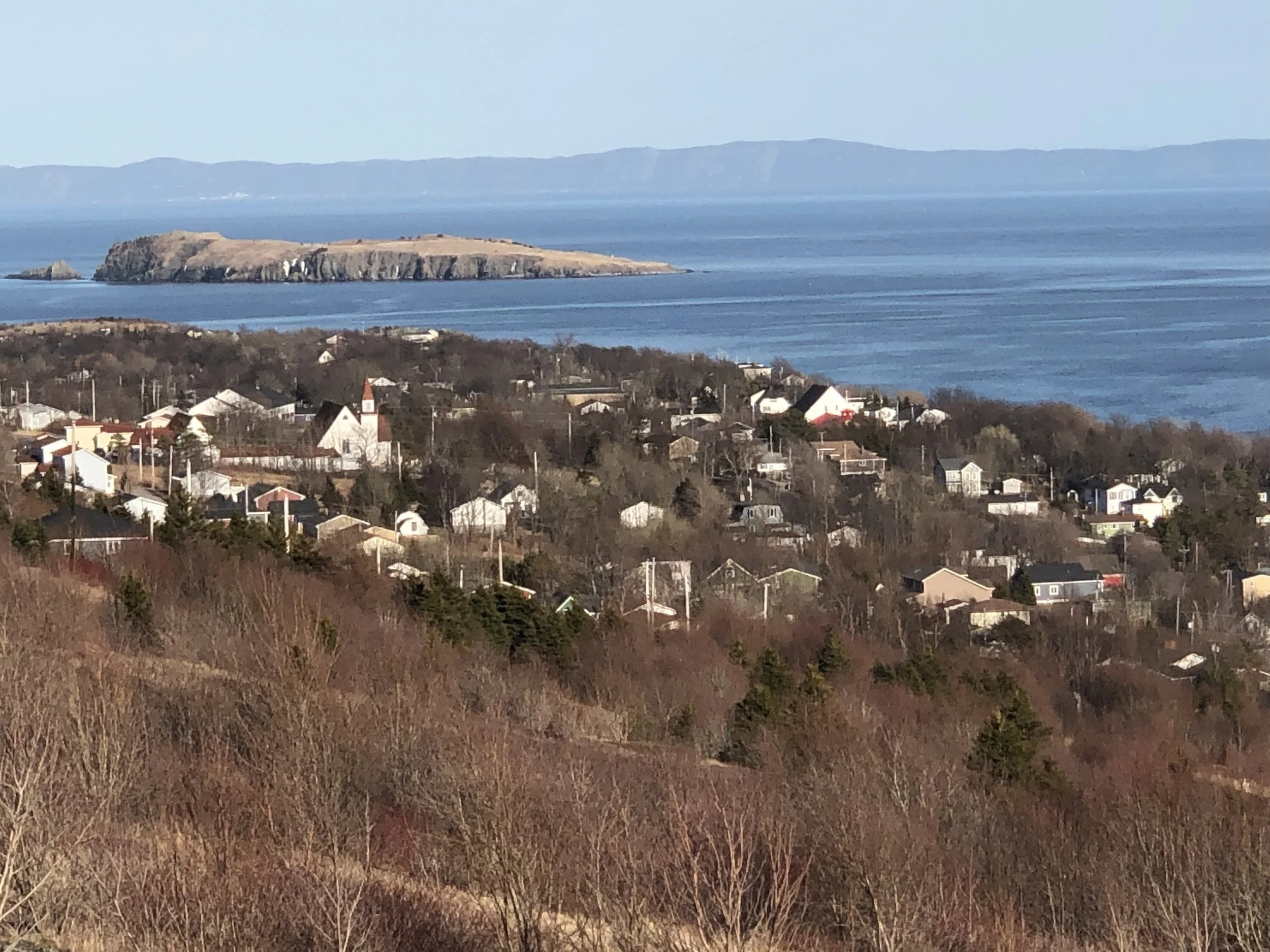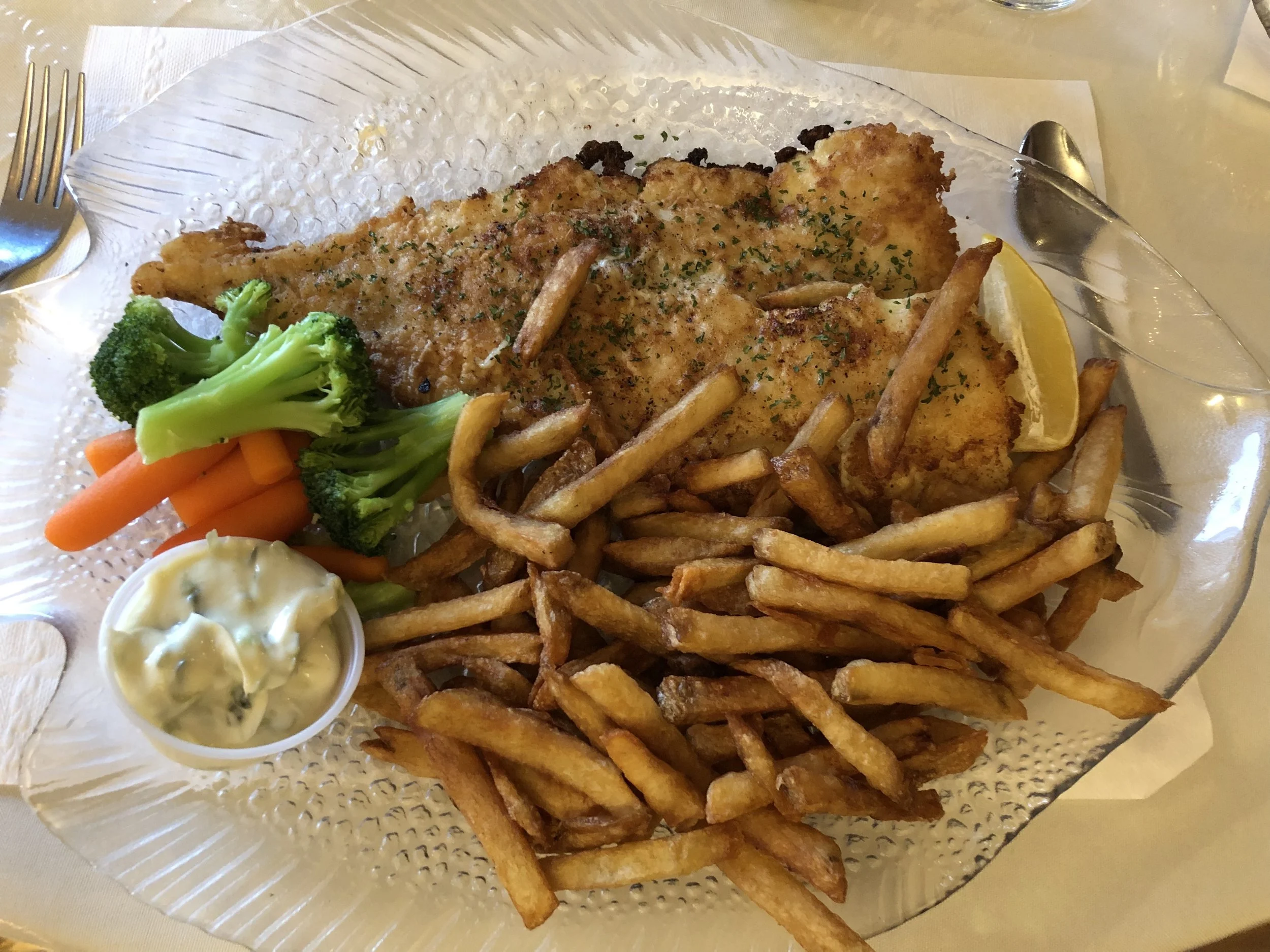A little bit of brainstorming can go a long way when you’re starting something new. Pictured above is the one-page project plan I wrote out in my Leuchtturm notebook one evening in late February when yet another winter storm caused the cancellation of a concert that several of my students were to perform at.
This small glitch in my schedule gave me the opening I needed to jump-start a project that I intended to eventually get to over the coming weeks in a leisurely manner, and moved up the launch from weeks to days. The plan I came up with was only a bare-bones sketch, but provided the framework for the actions that followed with a lot of subsequent review and adjustment. And in hindsight, once I had taken the initial steps, it felt really easy.
That project plan above led to the the blog that you’re reading right now.
I’ve had a lot of conversations with people over the last few weeks about how the musical profession, both with performing and teaching, is moving more quickly than ever into an entrepreneurial model. The scarcity model, where an ever-growing pool of highly educated professionals apply for a limited number of academic and performing positions, is is a zero-sum game that seems to be shrinking every year*.
But through the ability to generate new ideas and projects, we’re able to create genuine growth in the arts. Understanding a few basics of product creation and marketing, we’ll be able to find those who are genuinely interested in our projects, develop the personal connections, create, and sell a product, whether it be our expertise, a concert series, or something entirely new.
Musicians need to be able to do this.
Since I started this blog in early February, here are some of the things that have transpired:
I’ve come into contact and development friendships with many amazing people in the fields of music, productivity, and business development.
I learned a new platform (Squarespace).
An entirely new audience for my writing.
I landed my first clients in an entirely new field for me (life coaching for musicians), and intend to pursue this line of work in the coming months.
My teaching has been transformed through contact with a host of new ideas related to life coaching and personal productivity.
Above all, it’s the friendships and conversations arising from this project that I value the most. New ideas and connections lead to more of the same, and this is the greatest advantage of the entrepreneurial model once you tap into its vast potential.
And it all started with a few basic ideas written out in a notebook that coalesced into a simple project plan hatched over the course of an evening.






















